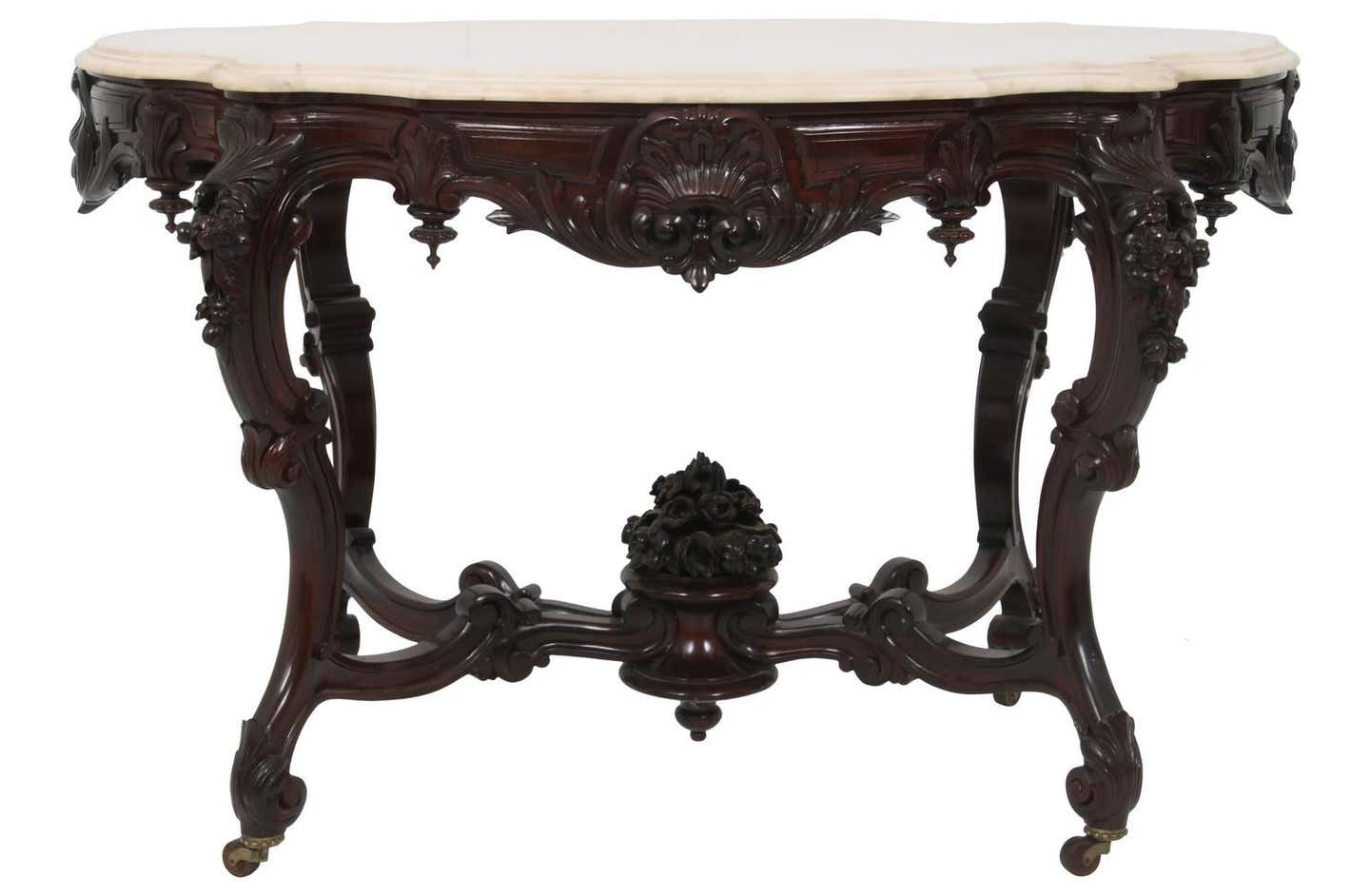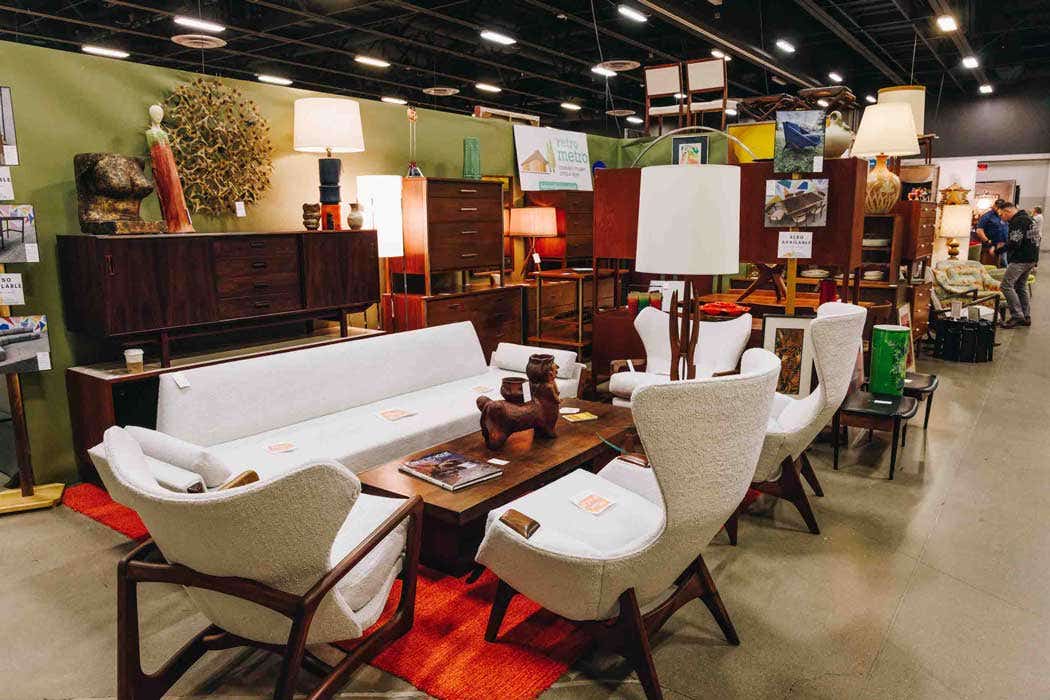Furniture Detective: Chest’s greatest value is as learning tool
Sometimes the antiques and collectibles we find truly do serve as educational treasures we can learn from and utilize that new information for years to come. Such is the case with Furniture Detective Fred Taylor’s response to a question from a reader about a wooden chest.
Q I have some questions about a chest I purchased at an estate sale. It is attributed to Wilkes County, N.C., according to the family. It looks like walnut and the top is one board, 20 3/8 inches by 43 3/8 inches by 3/4 inch. It looks like an extra, turned leg has been added to the front.
The top drawer lines up with the front legs and protrudes over the other drawers. The top and drawer bottoms look like they were hand-planed. It has square pegs and mortise and tenon joints. The drawers have a diamond shaped piece of maple around the keyholes. The drawer runners are badly worn and it is missing some hardware. The right rear leg has been repaired and there is a metal band across the back that looks like a repair.
My question is should I have it professionally repaired or attempt it myself?
A I would say go for it yourself. I don’t think you have much to lose. When I first looked at this piece, it looked to me like a C-scroll late Empire chest that had been severely altered. The cantilevered top drawer is typical of that mid-19th century form and it is rarely unsupported. It usually is accompanied by either acanthus-carved columns or a series of scrolled curves ending in the typical rolled under “C” shape, but that is not the case here since the chest has integral flat legs built into the body, apparently as original equipment.
This just looks like somebody borrowed a piece of porch railing from Home Depot and stuck it on the cabinet as a quick fix. But after looking at the rest of the chest, I believe that the piece is in fact the handiwork of a country cabinetmaker who just ran out of ideas or patience or lacked a good model. The dovetails in the drawers are handmade but they are extremely crudely executed, showing a lack of formal training.
The evidence of hand-planing also indicates handwork, so I believe the chest is actually from the mid-to-late 19th century, even though the overall scale is somewhat awkward.
This article originally appeared in Antique Trader magazine
Learn about subscribing to Antique Trader magazine for just $1 per issue!
Since this is not a sophisticated piece, repairs should be fairly straightforward. If it has not already been done, the interior drawer runners can simply be removed, turned over so the worn surface faces down and reinstalled. The drawers themselves also probably need to be rebuilt by cutting the worn portion from the drawer sides and replacing with a strip of pine or poplar to match the original secondary wood. There should be no metal straps on the case anywhere, so you may have to get into rebuilding the case as well but with pegs and mortise and tenon joints that should not be too difficult either. This is the perfect kind of piece to practice on and to learn some new skills.
Q I recently purchased an Eastlake walnut settee and platform rocker. They had already been reupholstered a couple of times but were in need again. As I was pulling tacks, I came across a furniture tag on one arm on both pieces.
One was not real easy to read but the other was. The furniture was made by the Zangerle Manufacturing Company of Chicago. Could you please supply some information on this furniture maker and about the approximate age of these two pieces? Thank you.
— M.R.
Auburn, Ill.
A Joseph Zangerle was an Austrian-born cabinetmaker who arrived in Chicago just after the Great Fire in 1871. He opened a shop in partnership with his brother and named it Joseph Zangerle & Co. The Zangerles used a horse yoked to a long bar attached to the shaft to power the machinery.
Joseph incorporated the business sometime around 1883, and by 1884 the Zangerle Manufacturing Co. employed 160 craftsmen and was the largest factory in Chicago devoted solely to the manufacture of frames for parlor furniture.
Around 1890, ill health forced Zangerle to sell his business and return to Austria, but he went back to Chicago in 1892. In partnership with a former employee, George Peterson, he bought the Northwestern Parlor Suit Manufacturing Co. and renamed it Zangerle & Peterson Co. Under this name the company produced furniture frames until it was acquired in 1974 by Wells-Gardner Electronics Corp. Based on that chronology, and given that the company operated under the specific name of “Zangerle Manufacturing Company” for only seven years between 1883 and 1890, that pretty well identifies when your parlor set was manufactured. It is not often that we are able to find such precise information about manufacturers from the latter part of the 19th century.
For more information about Zangerle and the entire Chicago furniture industry, try to pick up a copy of the now-out-of-print “Chicago Furniture — Art, Craft & Industry, 1833-1983” by Sharon Darling (W.W. Norton & Co., 1984), at used bookstores such as Half-Price Books (www.halfpricebooks.com), online booksellers (it is available from several sellers on Amazon.com for less than $20) or check your local library.
[relatedPosts]
With more than 30 in the antique furniture business, Fred Taylor is a household name when it comes to the practical methods of identifying older and antique furniture: construction techniques; construction materials; and style.








